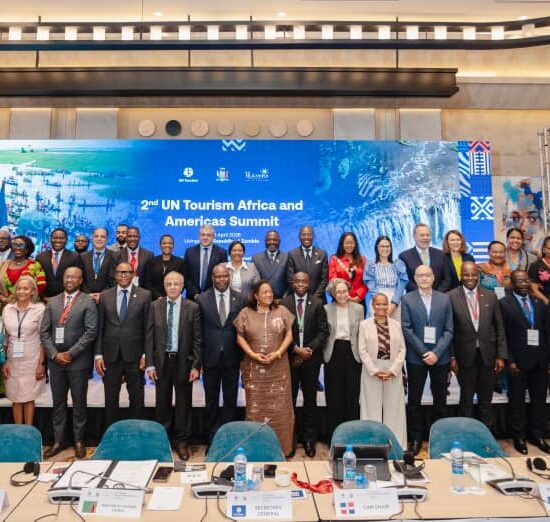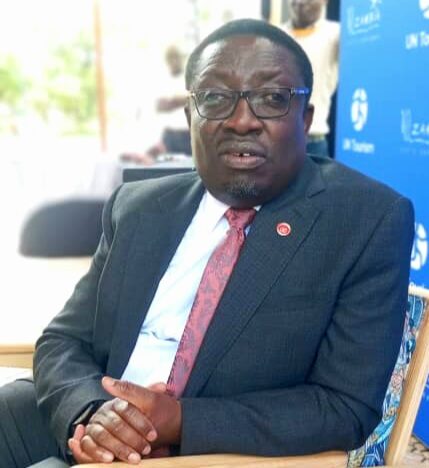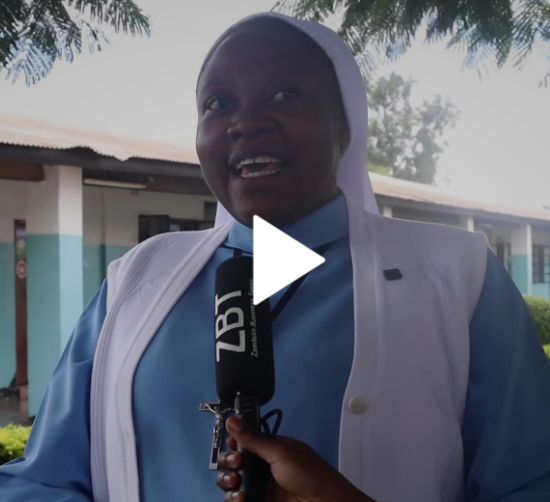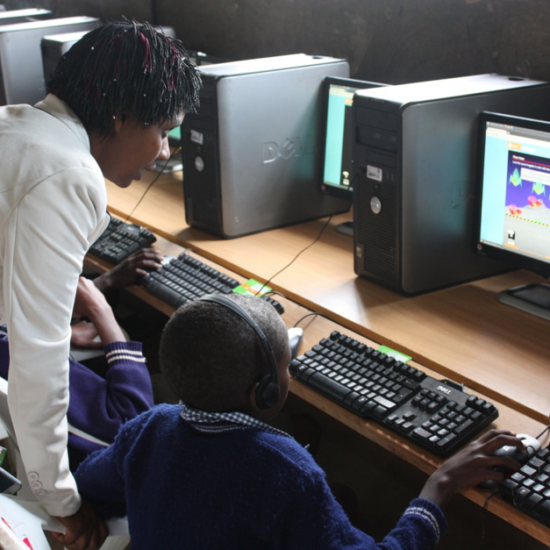
The use of the Universal Access and Services Fund – UASF by the Zambia Information Communication Authority – ZICTA has been questioned following the delayed completion of rural communications towers project and skewed eligibility criteria that has made it difficult for the intended rural schools to access the funds.
ZICTA has been challenged to aggressively drive the delayed completion of communication towers project and mobile network quality in rural areas as well as channel more resources to learning institutions and rural based schools that dearly need the support.
ZICTA corporate communications manager Ngabo Nankonde told the Zambian Business Times – ZBT that the fund is financed through contributions of 1.5 percent of gross annual turnover collected from all licensed mobile network operators.
A check in the 2018 financial report shows that the fund received about K70 million (about US$4 million in one year). This fund collections is expected to increase annually as the Telecoms industry continues to expand.
“Contributions to the Fund are made by operators licensed under the information communication Technologies Act which states that a licensee shall contribute, in accordance with section 70 the ICT Act, at the rate not exceeding 1.5 percent of gross annual turnover collected by the Authority under the licensing regulations”, she said.
ZICTA has put place stringent eligibility criteria for learning institutions to access funding which leads to most rural based schools and colleges failing to qualify for support. This process and eligibility criteria is in itself defeating the purpose of the fund which even by its name is for “universal access”.
ZICTA has embarked on then Last Mile Connectivity to Zambia Research and Education Network (ZAMREN) Member Institutions. The project is being implemented in partnership with ZAMREN and it focused on the provision of internet connectivity to education and research institutions through fibre connectivity.
The other key project is the connection of learning institutions. ZICTA has embarked on this project targetted to supply computers to Government schools and tertiary institutions. As such, based on a strigent eligibility criteria, a number of school were selected as beneficiaries of computers meant to strenghten provision of information technology in schools.
Nankonde told ZBT that the Universal Access Regulations provide guidance on how universal access funds may be invested. In particular, Regulation 19 allows the Fund to invest in any interest bearing accounts of any bank or institution.
The fund can also invest in stocks, securities or funds issued by, or on behalf of, the Government or in stocks, securities or funds guaranteed by the Government or in such other investments as may be approved by the Authority.
When it comes to utilization, ZICTA confirmed that the Fund uses the guiding principles outlined in the ICT Act and Regulation 4 of the Universal Access Regulation which states that the promotion of universal access shall ensure the provision of the service to unserved and underserved area meets the requirements of affordability, accessibility, availability, sustainability and quality of service.
The fund can also be utilized to encourage initiatives to extend, upgrade and expand the capacity and roll out of existing infrastructure in specific areas to unserved or underserved areas, including initiatives by local communities.
The ZICTA communications Manager confirmed that In addition, she said that the USAF is audited and the current auditors are Office of the Auditor General and MPH Chartered Accountants and published for public to review.
On the delayed completion of the Construction of communication towers under Phase II which has continued the raising of the mobile network coverage across the country to about 92%m ZICTA told ZBT that this project is being handled and implemented by ZAMTEL.
The “attainment of 92% population coverage with mobile network is tied to completion of the Government’s 1,009 telecommunication Towers Project which is being managed by ZAMTEL”, she said. Zamtel which recently had its operations for towers hived off to set up an independent company called Infratel has been engaged to advise the completion date.







